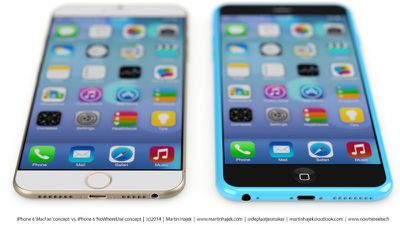In an interview with USA Today, Apple's Eddy Cue reveals that Apple Music currently has 11 million users taking advantage of the initial three-month trial period, with two million of those taking advantage of the family plan that will cost $14.99 per month once the trial ends. A single-user membership will be priced at $9.99 per month.
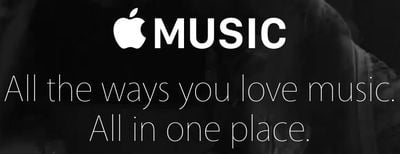
"We're thrilled with the numbers so far," says Eddy Cue, Apple's senior vice president of Internet software and services, adding that of that sum 2 million have opted for the more lucrative family plan at $14.99 a month for up to six people.
The officially announced milestone of 11 million users is roughly in line with the rumored ten million users shared by HITS Daily Double last week.
Cue notes Apple is "releasing updates as fast as we can" to address bugs and other issues with Apple Music amid duplication and mislabeling complaints. Jimmy Iovine also contributed to the interview, highlighting some of the challenges of reaching users in certain countries and age demographics while noting Apple believes it can use its leverage to bring many of those users on board for a subscription music service.
On a separate note, Cue shared some new App Store numbers, noting that July set a record with $1.7 billion in App Store transactions thanks to strong performance in China. Apple has now paid out $33 billion to developers since the App Store debuted in 2008.


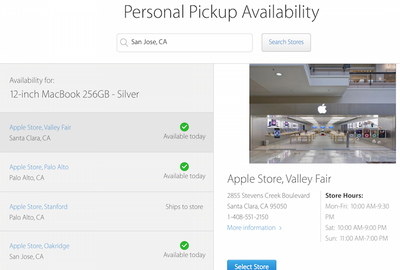
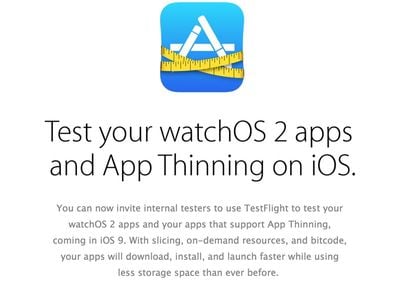
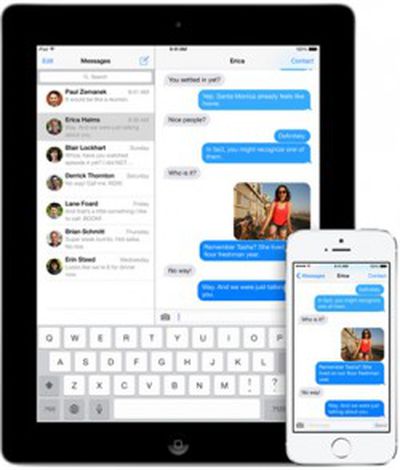 Apple yesterday won a significant ruling against a group lawsuit filed by a former iPhone user who sued the Cupertino company after claiming that switching from an iPhone to an Android smartphone interfered with her receipt of text messages (via
Apple yesterday won a significant ruling against a group lawsuit filed by a former iPhone user who sued the Cupertino company after claiming that switching from an iPhone to an Android smartphone interfered with her receipt of text messages (via 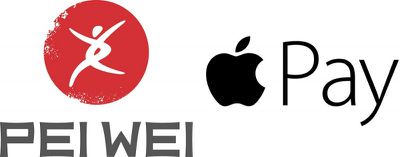
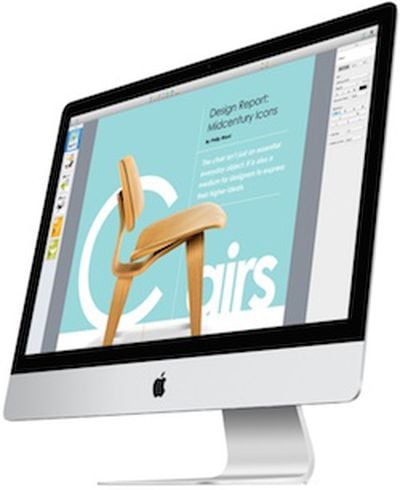 IBM today
IBM today 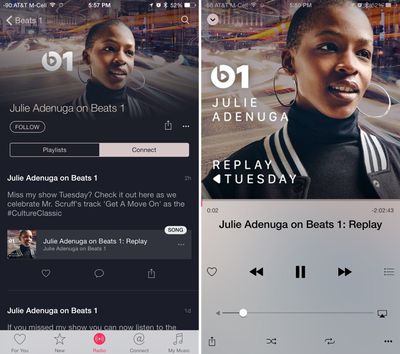

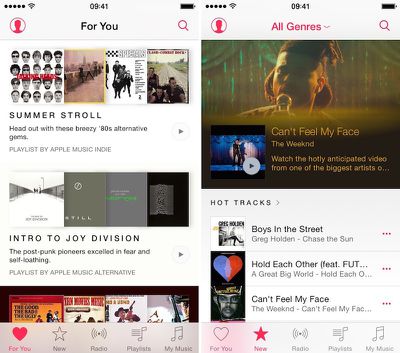
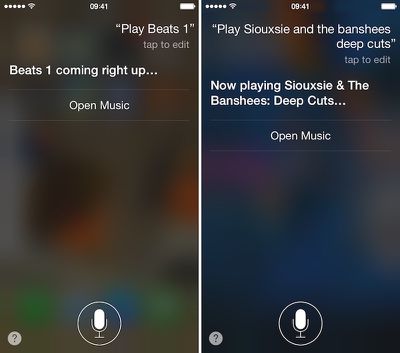
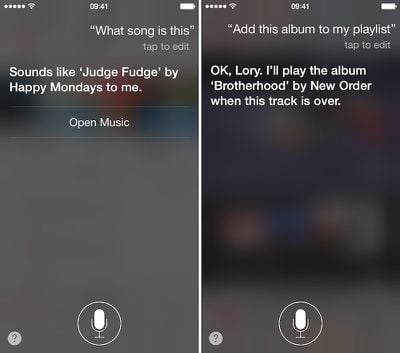

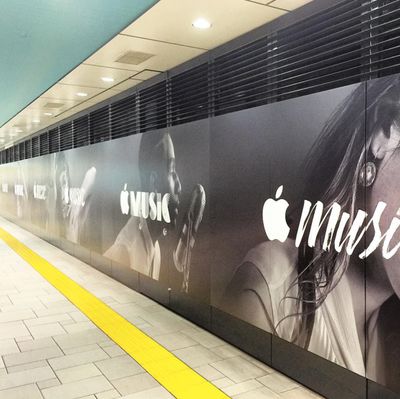
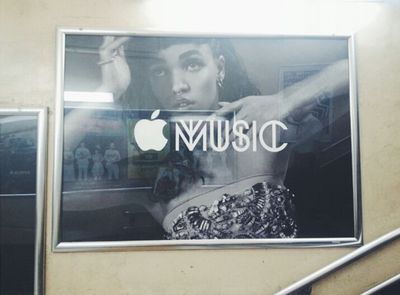
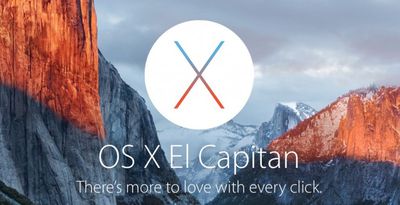
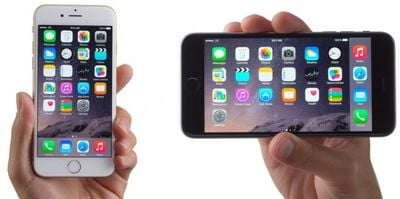
 In an
In an 